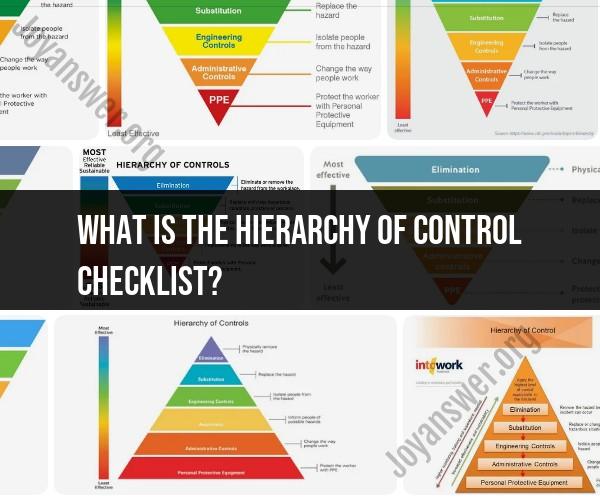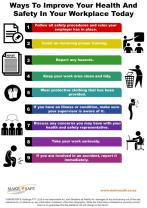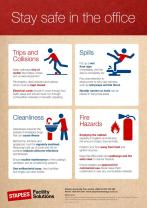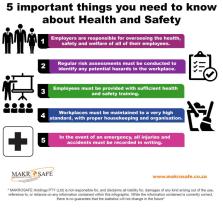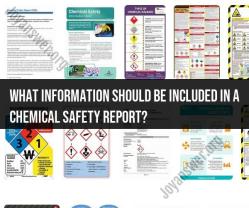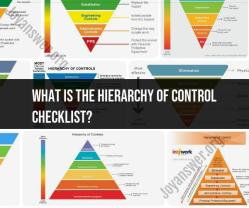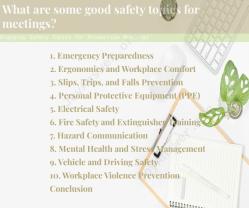What is the hierarchy of control checklist?
The Hierarchy of Control Checklist is a tool used in occupational health and safety to prioritize and implement measures that reduce workplace hazards and risks. The hierarchy of control is a systematic approach that ranks control measures in order of effectiveness, with the goal of eliminating or minimizing hazards to create a safer work environment. The checklist helps organizations and safety professionals determine the most appropriate control measures based on the hierarchy. Here are the typical levels of the hierarchy, along with examples:
Elimination: At the top of the hierarchy is the complete elimination of the hazard. This means removing the hazard from the workplace altogether. Examples:
- Replacing a hazardous chemical with a non-hazardous alternative.
- Automating a dangerous task so that it no longer requires human involvement.
Substitution: If elimination is not possible, substitution involves replacing the hazard with something less hazardous. Examples:
- Replacing toxic cleaning chemicals with non-toxic alternatives.
- Using noise-reducing equipment instead of noisy machinery.
Engineering Controls: Engineering controls are physical modifications or technologies that isolate workers from the hazard. Examples:
- Installing machine guards to prevent contact with moving parts.
- Using ventilation systems to remove harmful fumes.
Administrative Controls: These controls involve changing work practices, procedures, or policies to reduce exposure to hazards. Examples:
- Implementing job rotation to limit exposure to repetitive tasks.
- Establishing safety protocols and procedures for handling hazardous materials.
Personal Protective Equipment (PPE): PPE includes safety gear worn by workers to protect them from specific hazards. It is the last line of defense and should be used when other control measures are not feasible or sufficient. Examples:
- Wearing helmets, gloves, or respirators when working in hazardous conditions.
The Hierarchy of Control Checklist is used to assess the workplace, identify hazards, and then apply the appropriate control measures in the order of the hierarchy. It encourages organizations to prioritize controls that are more effective in reducing risks, such as elimination and substitution, before relying on less effective measures like PPE.
The goal is to create a safer work environment by addressing hazards at their source and continuously evaluating and improving safety measures. The checklist helps organizations make informed decisions to protect the health and safety of their employees.
